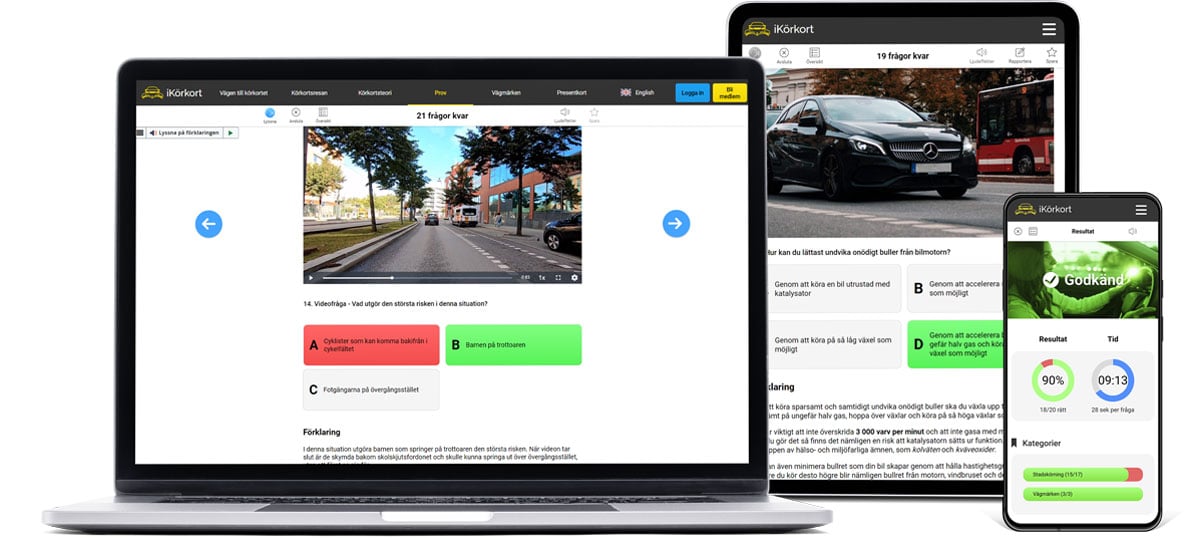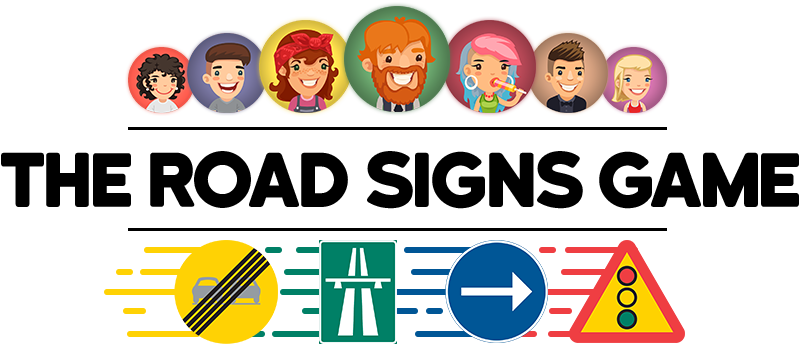 iKörkort
iKörkort
 Tests
Tests

 Language
Language

The average reaction time is 1 second and driving at 100 km/h correspond to travelling at 28 metres per second. This means that the average driver's reaction distance at 100 km/h is approximately 28 metres.
But if the reaction time is 2 seconds instead of 1 second the reaction distance becomes twice as long (2 x 28 = 56).
The reaction distance is the distance the car travels from when you discover an obstacle or a hazard (for example, an elk crossing the road) until you apply the brakes. It is only your reaction time and the car's speed that determines how long the reaction distance will be.
The reaction distance increases and decreases proportionally in relation to the speed. For example, if the speed is halved, the reaction distance is also halved.
The easiest way to calculate the approximate reaction distance is by rounding the speed to the nearest ten, taking away the zero and multiplying by three.
The formula is based on a driver who reacts in one second, which is the average reaction time. If the reaction time is two seconds, the reaction distance becomes twice as long.



